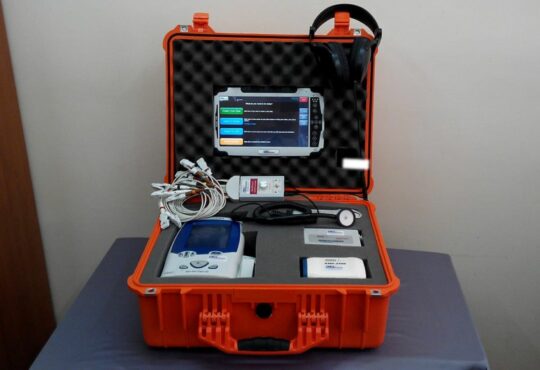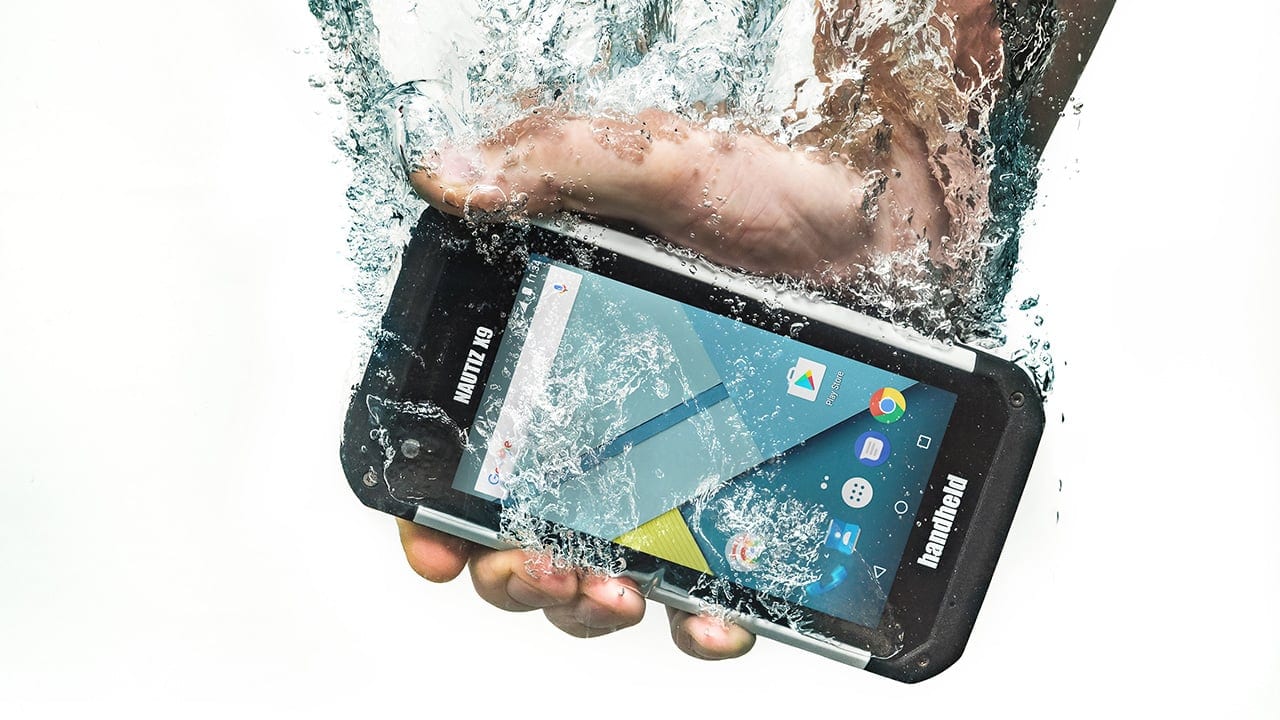Nits
How bright is a nit? Or 100 nits? Since 100 nits equal 100 candela per square meter, imagine a hundred candles sitting underneath a roughly 3 x 3 foot square. How bright would that be? I have no idea. So perhaps it’s better to think of things that, on average, generate so and so many nits and go by that. Standard laptops generate about 200 nits. A good tablet or smartphone between 500 and 600 nits. Rugged laptops can generate as much as 1,500 nits, as can modern 4K HDR TVs.
What makes everything more difficult is where we view an illuminated surface. Even a 200 nits handheld or laptop can look bright and crisp indoors. Outdoors that same device would be barely readable. Outdoors the weather makes a big difference, as does being in the shade or under a blue or cloudy sky. And when it comes to competing with the sun, all bets are off. The sun generates between 10,000 and over 30,000 nits.
So for better or worse, to get an idea of how bright the screen of a handheld, tablet or laptop is, look at its nits rating. Which, unfortunately, is listed only in a minority of spec sheets. That’s where a screen luminance meter comes in.

The one we use here at RuggedPCReview.com has a range up to 40,000 nits and can show current or peak luminance of a display. We use it in conjunction with a test template to not only record maximum luminance in nits but also nits readings in steps from black to white.
Until something better comes along, every handheld, tablet or laptop screen spec should include a nits rating. Customers need to know that in order to make an informed purchase decision.
[mks_pullquote align=”left” width=”600″ size=”24″ bg_color=”#d1d1d1″ txt_color=”#0a0a0a”]
By: Conrad H. Blickenstorfer
RuggedPCReview.com[/mks_pullquote]





